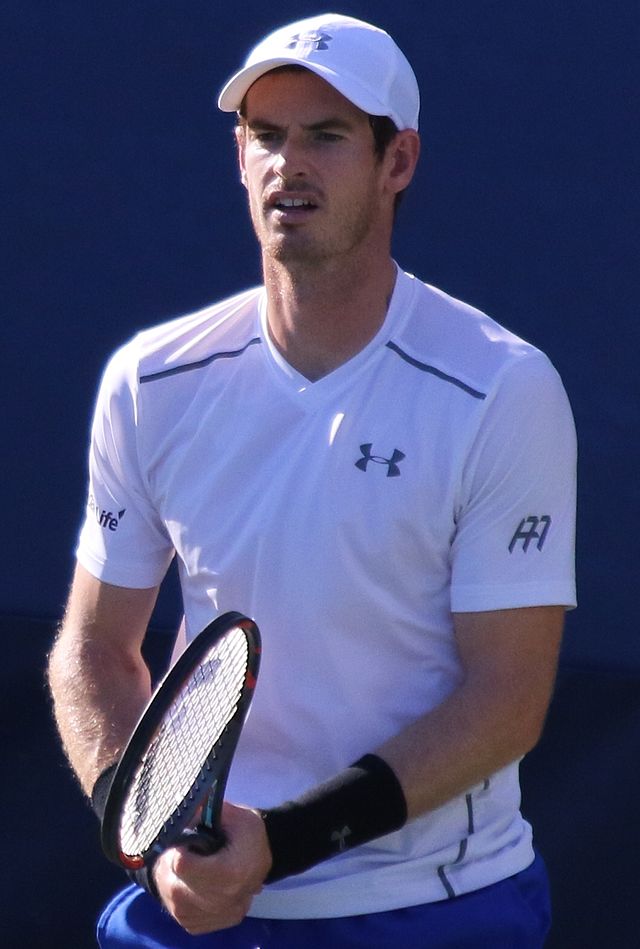British tennis still has an Andy Murray problem
There are few things which mark out summer more than a late-night Andy Murray finish on Centre Court. Except on Thursday Day 4 of the Championships it was less of a finish than the end of Act 1. Carefully poised at two-one Murray, the narrow lead would matter little when the action resumed on Friday afternoon and Greek Stefanos Tsitsipas would take charge.
Years have passed and many more balls have been hit, but the truth remains that Murray is King. No British player demands more attention, interest or viewership. With Emma Raducanu’s fruition to leading tour contender parked by injury at least for the moment, and other stars like Cam Norrie and Katie Boulter failing to yet truly click with Wimbledon crowds, it still feels like there is just one act in town.
It is a convenient continuing truth that just as British crowds refuse to give in on Murray, he refuses to give in on them. It could well have been curtains back in 2017, when he hobbled out at the quarter-final stage to Sam Querrey, wearied by a twelve months which had seen one Grand Slam victory, an Olympic gold and a tiresome pursuit for world number one.
Despite Emma Raducanu’s crowning glory in New York back in 2021, Cam Norrie’s run to the last four last year and Jo Konta’s half a decade at the top end of women’s tennis, British tennis struggles to wriggle free of Andy
Instead, after injury lay-off and a brief doubles dalliance, Murray returned to his natural home in the singles draw back in 2021. He has continued to defy the physical odds ever since, with his metal hip continuing to afford him an injury-free swansong age. But the harsh practical reality for Murray has always been that just being there is not enough. He would not have persisted with the comeback until now if he did not believe there was more to come. Pre-tournament, he had backed himself as one of the top grass court contenders. But he ended up coming far short.
Not unlike 2021 when he met his maker in young Canadian Denis Shapovalov, this time it was his advancing years not on his side. Playing Stefanos Tsitsipas on Friday afternoon proved a truly humbling experience, a reminder of all that Murray has lost as well as all that he has found.
There have been far worse grass court swings for the British contingent. The WTA event in Nottingham saw an all-women’s final, and Katie Boulter outlasted even Murray at Wimbledon before being blitzed by Elena Rybakina on Saturday evening. But even despite Emma Raducanu’s crowning glory in New York back in 2021, Cam Norrie’s run to the last four last year and Jo Konta’s half a decade at the top end of women’s tennis, British tennis struggles to wriggle free of Andy.
His doubtful response to questions of whether he will continue will no doubt fill fear in the minds of broadcasters, writers and organisers, who know that Murray remains their biggest draw. A Murray-free tour may well adapt, and Norrie and co may well more than make up for his absence. But there is a deep spiritual attachment to these long nights spent watching the Scot rail against all existence on Centre Court, pelting forehands until there is no more light or fire. Making the Brits love tennis again once he is gone may well be a tall order.

Comments